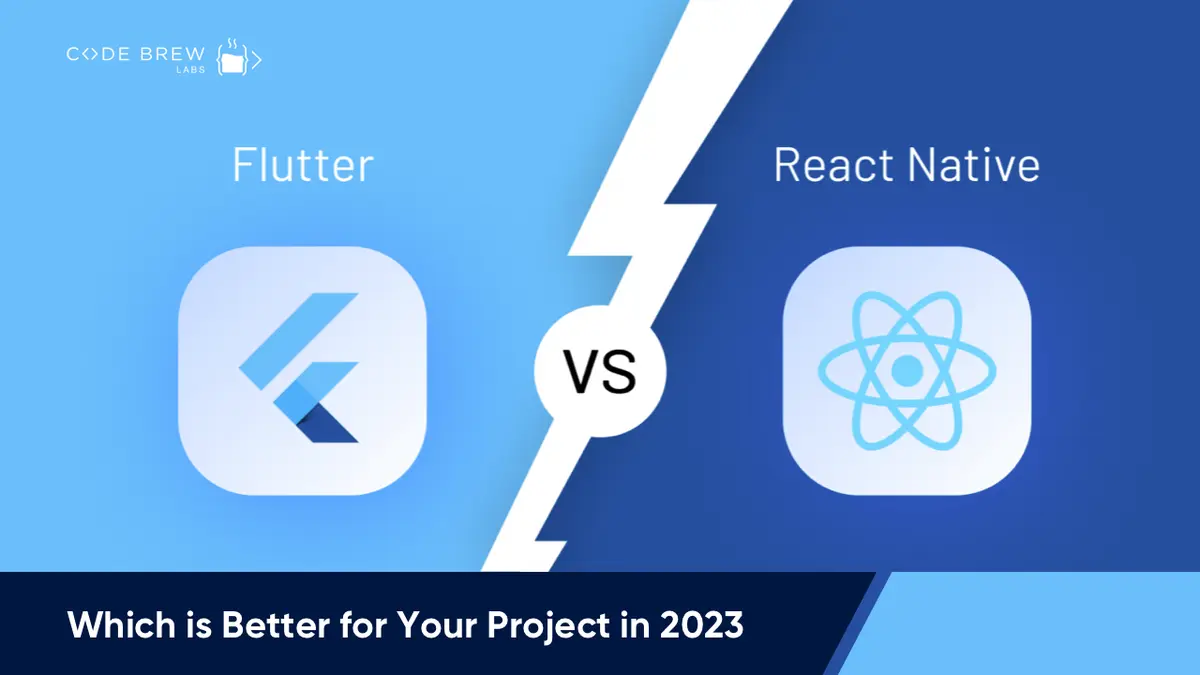
The basic premise behind business expansion is to increase brand visibility. Though there are many ways to achieve this, one effective way (if the budget and developer expertise allows) is to build the product/service app for as many platforms as possible–Android, iOS, Microsoft, etc.
Table of Contents
That’s why more and more businesses worldwide are looking for new ways to build cross-platform mobile apps for which cross-platform development frameworks are used. These are software tools that make it possible for applications to run seamlessly across multiple operating systems.
Using these frameworks, developers can write code once and deploy it across all platforms. As you may have guessed, this approach significantly saves time and resources: it eliminates the need to write other codes for every platform.
Also, as far as the popularity of mobile app development is concerned, there isn’t even a bleak chance of it declining anytime soon. So, it helps to know about the most relevant and lucrative cross-platform development frameworks: React Native and Flutter. But first…
These use a collection of tools and libraries that blur the differences between platforms. The frameworks enable developers to write platform-agnostic code. This means it can run on any platform without any modifications.
Cross-platform development frameworks provide a consistently high-quality user experience across several devices and platforms. Besides, these make it easier for development teams to maintain and upgrade their applications. Why? Because they only need to make changes in a single codebase.
All in all, cross-platform development frameworks provide developers a cost-effective and systematic way to develop applications while reducing development time and improving user experience.
Today, React Native and Flutter are among the best cross-platform development frameworks available. Both deliver a highly customer-centric, responsive UI by using native widgets, and share code across multiple platforms.
While Flutter is developed by Google, React Native is built by Facebook. In both cases, large teams deal with everything, right from the platform’s SDKs to its support, documentation, etc.
It was in October 2016 at the Dart Developer Summit that Flutter was announced. Using this framework, developers can build native apps for Android and iOS using one codebase written in Google’s Dart programming language.
The first version of Flutter came out on February 16, 2018.
React Native’s first beta version was released on March 2015. But, it left the beta phase only in March 2017. With huge support from tech giant Facebook, React Native launched its version 1.0 on September 5, 2017.
The framework is currently being used by big players like Instagram, Facebook, Uber, and Airbnb. Meanwhile, Flutter is being embraced by Toyota, BMW, eBay, and Google’s own Google Pay.
Though there are obvious similarities between the two cross-platform development frameworks, here are some differences you can’t miss:
Language
Flutter is written using a programming language, Dart, introduced by Google in 2011. React Native, on the other hand, is written entirely in JavaScript using React.
As JavaScript is one the of most popular languages used in present times, this is a definite advantage for React Native.
User Interface
Flutter uses proprietary structural, visual, platform, and interactive widgets that are built-in UI components that replace native platform constituents.
Meanwhile, React Native is based more on native components for iOS and Android devices. This framework offers a massive collection of external UI kits, which help create phenomenal user interfaces for mobile applications.
Performance
In Flutter, there’s no interconnecting bridge to initiate interactions with the device’s native components. Thus, all interactions with these native components are faster.
This means improved overall application performance.
React Native uses JavaScript to connect to native components through a bridge. This means faster development speed and slower running time than Flutter.
Popularity
Though Flutter has gained some ground attention-wise, it’s still not the most popular option among developers. The reason being that Dart is a new language. And so, the adoption rate among developers is comparatively low.
React Native is definitely a more popular app development framework than Flutter as it is more widely adopted. And as React developers can develop React Native mobile apps quickly, it encourages more developers to make use of this framework.
Ever since React Native came out in 2015, it has been used by many brands worldwide. And as the JavaScript keeps changing very fast, React Native too has evolved over time to include new features.
React Native’s newly released version 0.70–that came out in September 2022–is embedded with many improvements. Some of these include Hermes as the default engine, a new unified configuration for Codegen, and full CMake support for Android builds.
Along with this, the documentation for the New Architecture has been completely revamped.
And as far as Flutter is concerned, Google has put in a lot of effort to make it extremely easy to learn. Thus, people who are already familiar with Android or iOS development must be able to understand its working and implicate it in no time.
Also, earlier this year, Flutter has released version 3.7, which includes a wide range of new features and improvements. The most notable upgrades include a new rendering engine on iOS, revamped support for internationalization, enhanced support for Material 3 and iOS-style widgets, & background processing upgrades.
Further, improvements have been made to developer tooling. This has made it even easier to build high-quality cross-platform apps using Flutter.
The debate of ‘React Native vs Flutter’ is practically never ending as both cross-platform development frameworks will keep evolving with time. There is no objectively right framework among the two, only one that is right for your business.
Choosing the right one largely depends on your team’s development experience, their expertise, and the native elements your project needs to access. Also, it helps to always have your finger on the pulse of mobile app development trends.
On that note, we at Code Brew Labs are always brewing great tech solutions for your brilliant ideas. Talk to us and we’ll get to it right away.
